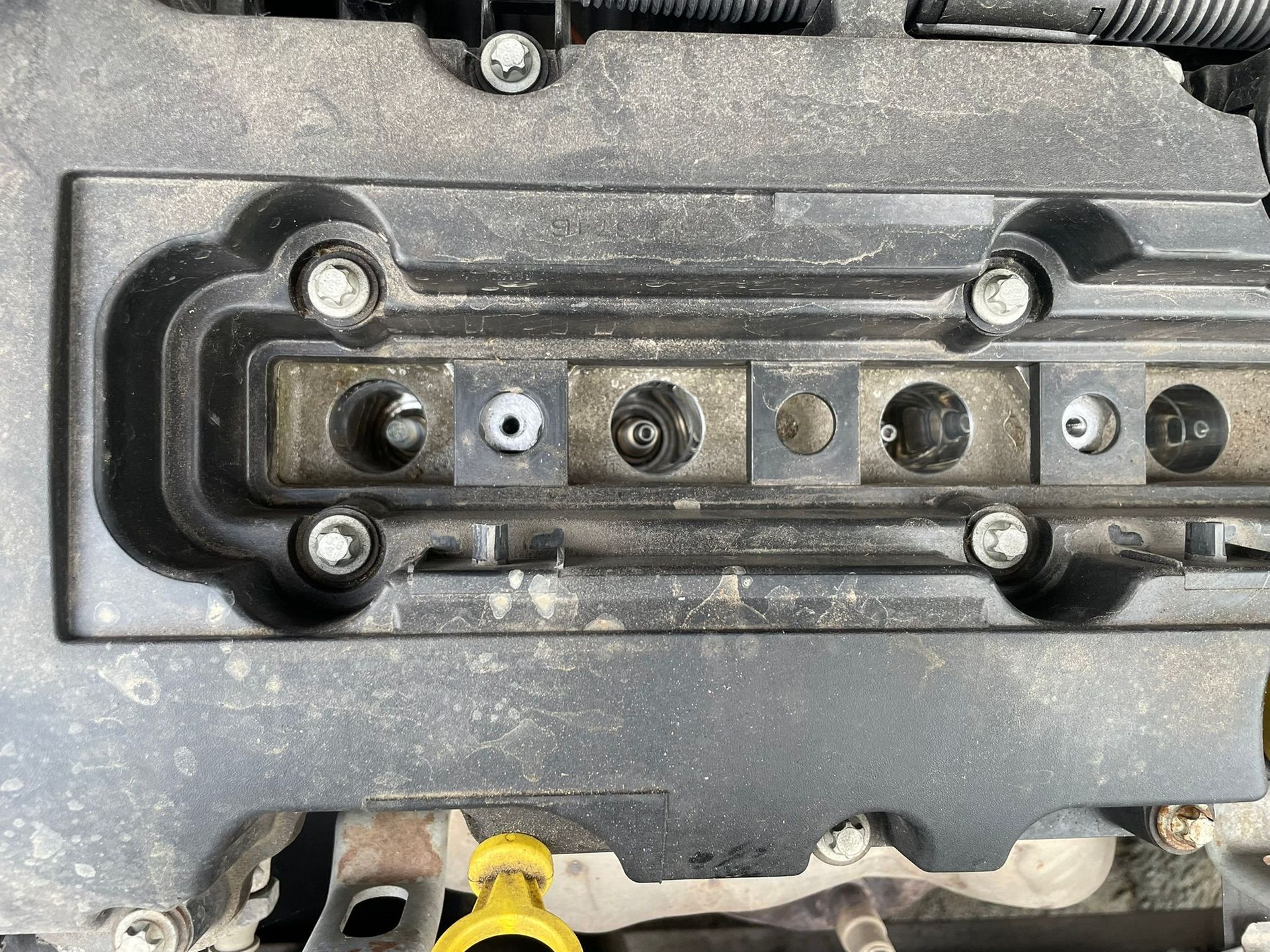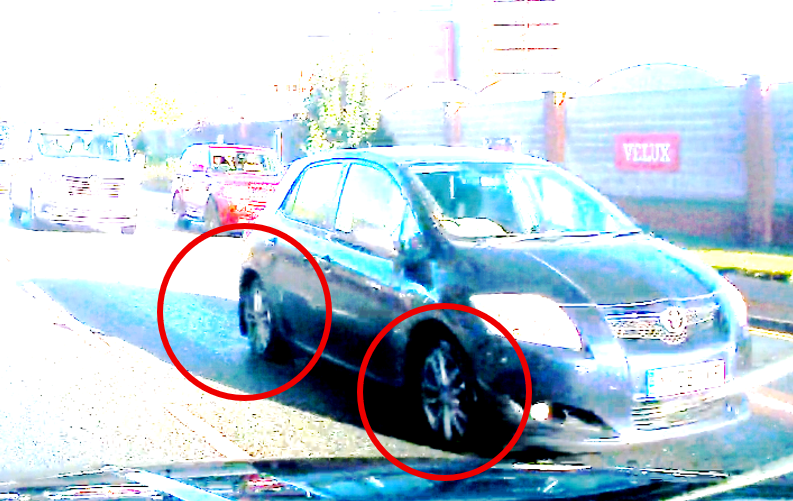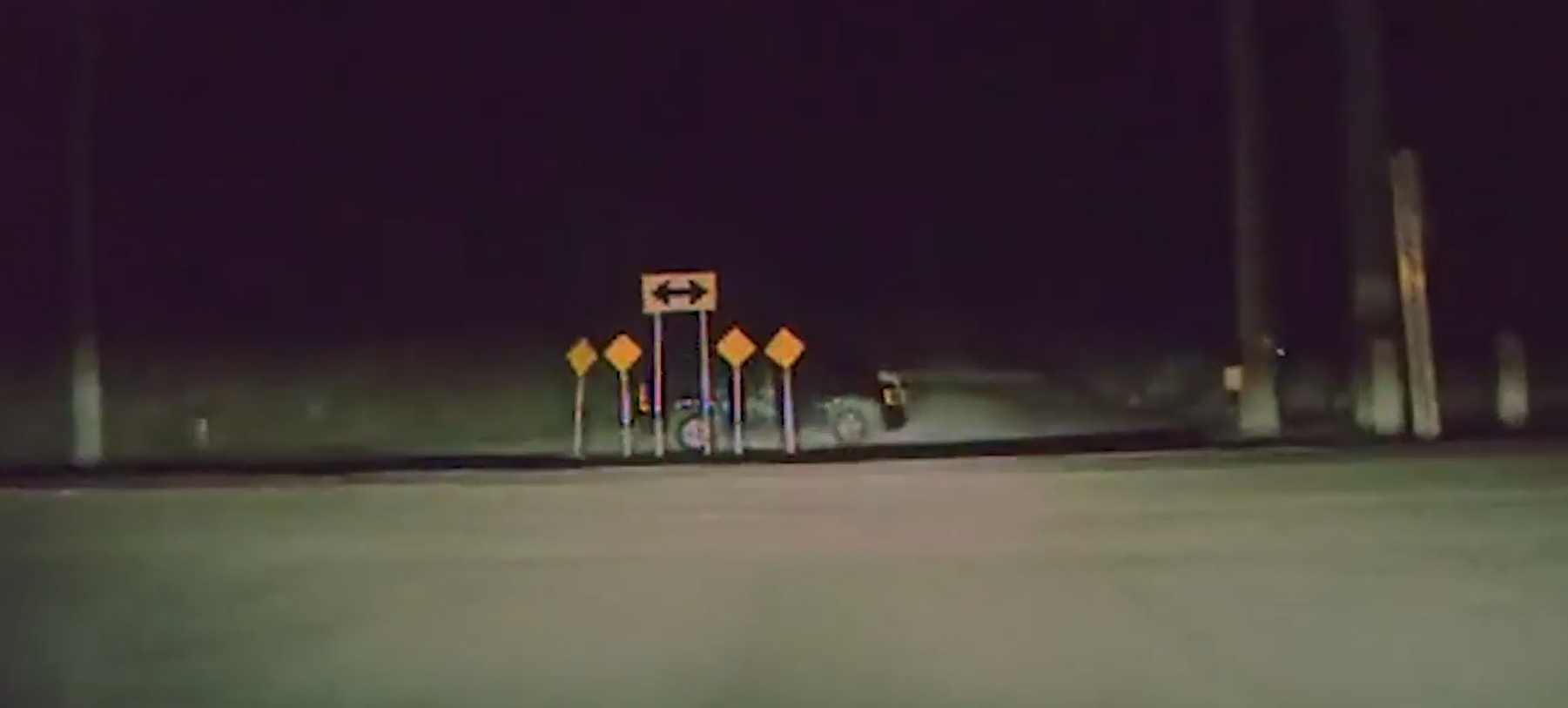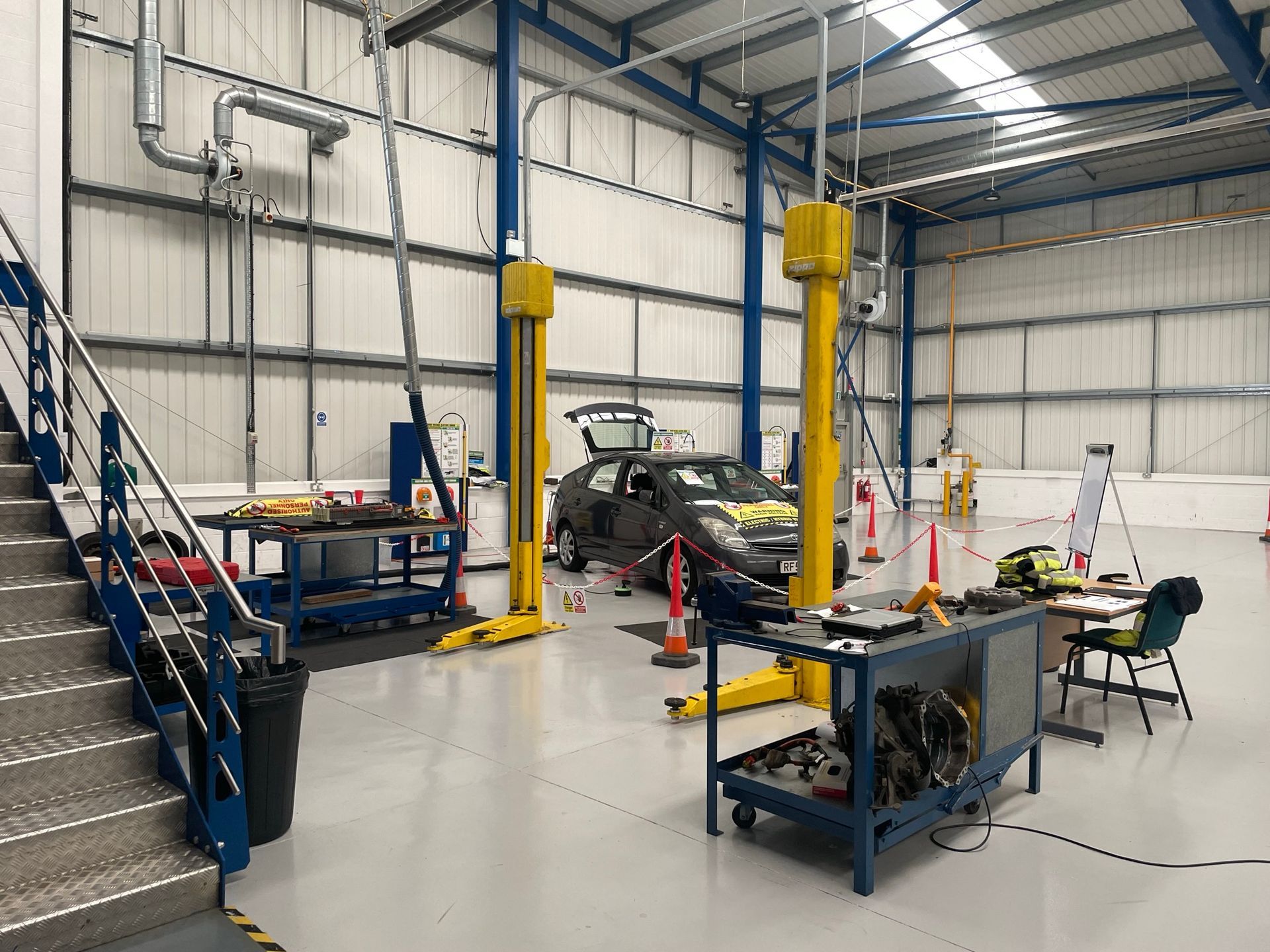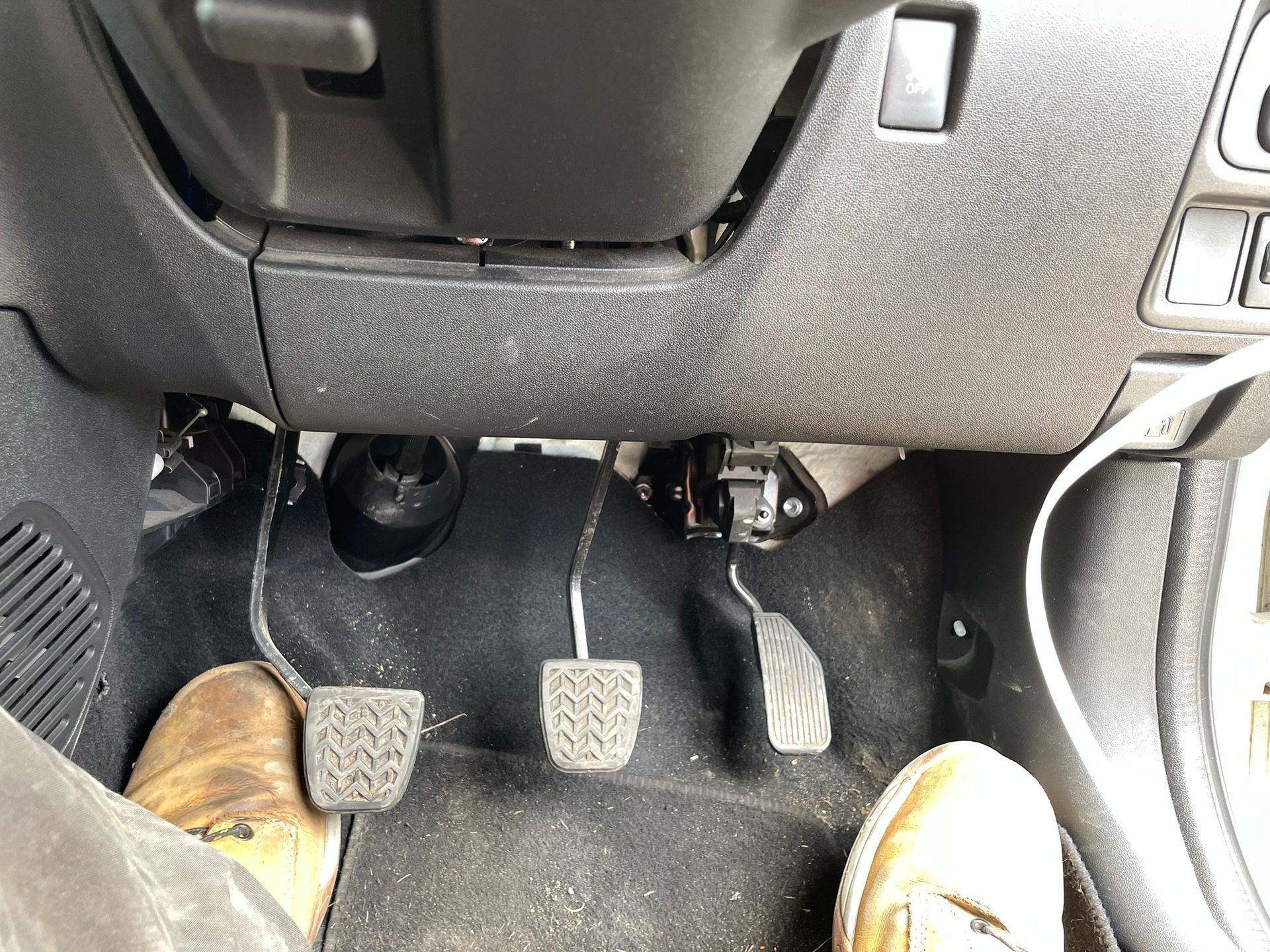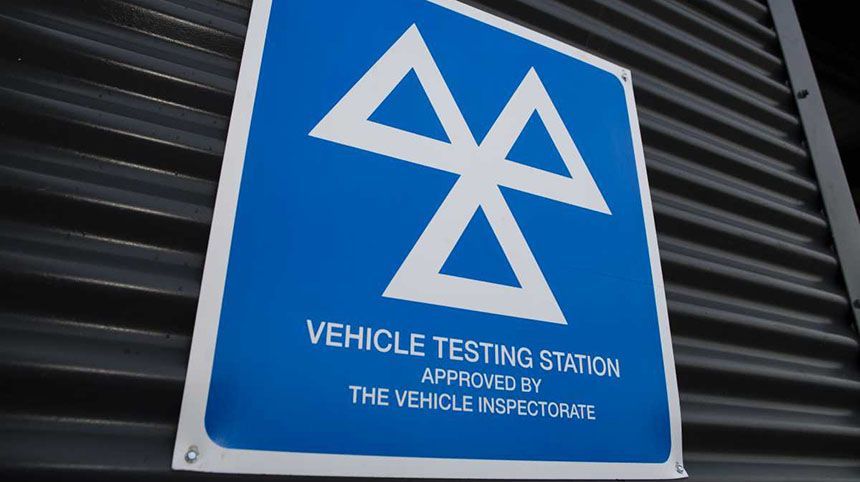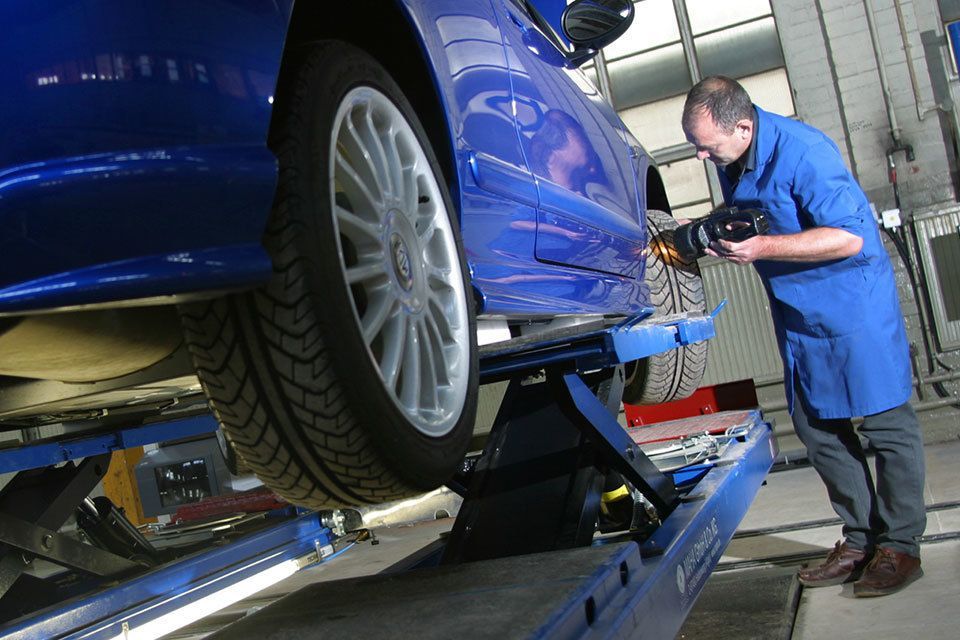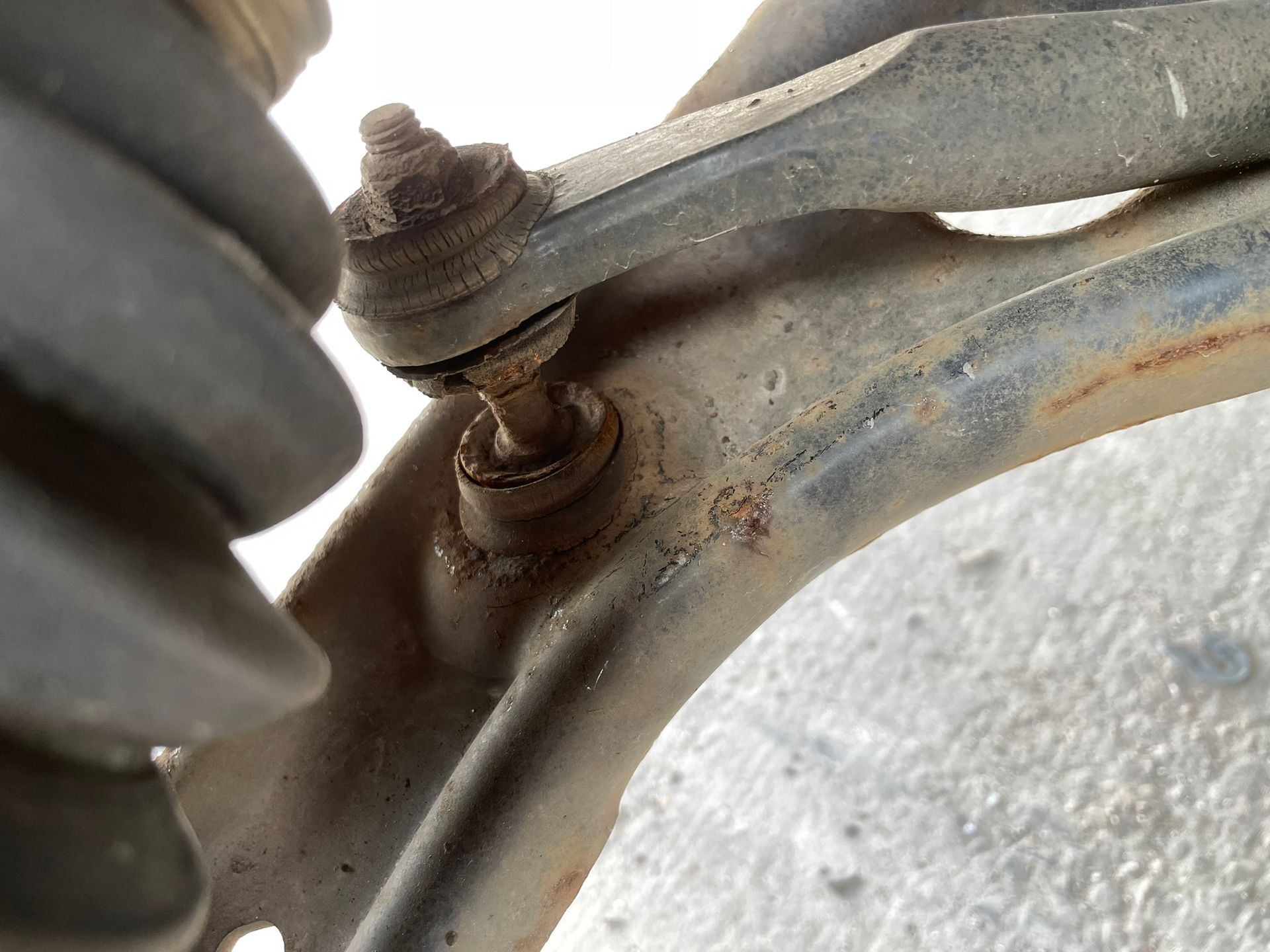Is it possible to prove whether a seatbelt was being worn?

How do you prove whether someone was wearing their seatbelt or not? And why would you want to?
In personal injury cases, it is recognised that where injuries were preventable had a seatbelt been worn, compensation can be reduced by as much as 25%. Where injuries would have been reduced, the reduction in compensation can be as much as 15%.
The need to know whether a person was wearing a seatbelt is about ensuring that person recieves the correct settlement for the injuries they sustained.
There are two ways we can determine whether a seatbelt was being worn or not, and we would always recommend doing both together.
The first is a physical inspection of the seatbelts and buckles. When a seatbelt is worn during a collision, it causes certain marks to be created on the seatbelt webbing and buckle.
The second way of determining seatbelt use, is through the use of the vehicles event data recorder (EDR). EDRs are fitted to most modern vehicles and can record which seatbelts were buckled in and the profile of the person wearing it.
These two methods, when combined together, can provide you with the strongest evidence to determine whether or not a seatbelt was being worn at the time of the collision.
Seatbelt inspections and EDR downloads is something Driven Forensics has been doing for around seven years, and we have extensive experience in both.
Driven Forensics provides nationwide coverage, so whether your vehicle is in Land's End in the south, John O'Groats in the north or anywhere in between, we can provide experienced collision investigators with the skills you need to help you answer that question.
Where time is a factor, we can also provide a prompt response service, where a vehicle can be inspected and data downloaded in as little as 24 hours. Contact us today to find out how we can help you.
t. +44 (0)113 534 8708 | e. enquiry@drivenforensics.co.uk | w. www.drivenforensics.co.uk

